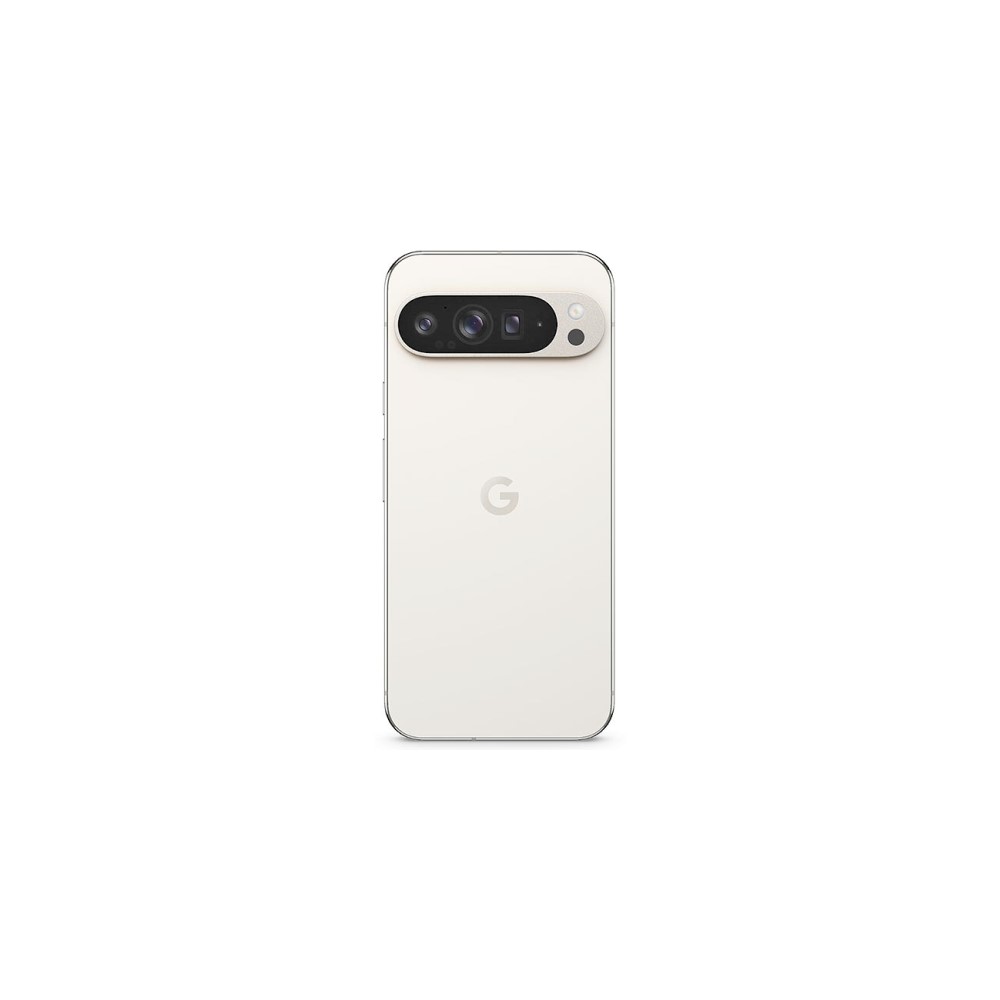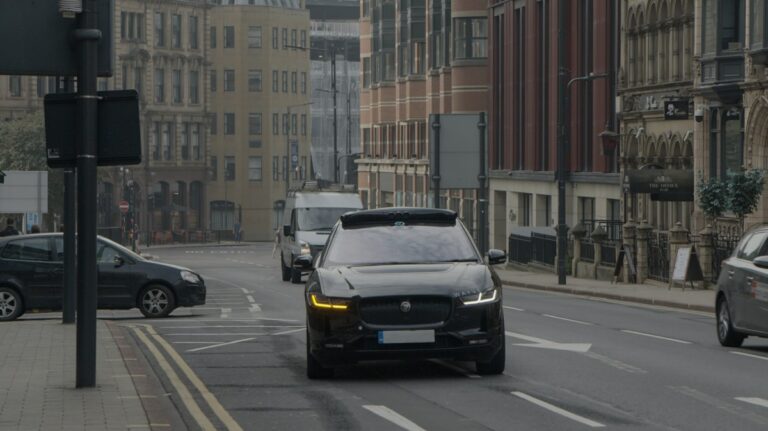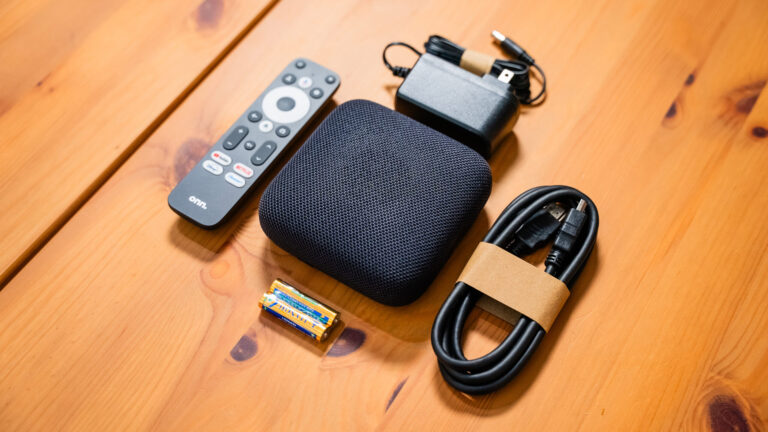OnePlus 13 vs Pixel 9 Pro XL vs Galaxy S25 Ultra: Which camera is best?

Robert Triggs / Android Authority
I’ve used some brilliant camera phones this year, and now it’s the OnePlus 13’s turn to come across my desk. I’ll let you in on a secret; I’ve been using the OPPO Find X8 Pro as my daily driver for some time now — largely because of its brilliant quad-camera array. But what excites me about the OnePlus 13 is that it shares virtually the same setup, minus the 6x optical zoom camera. It still retains the 3x lens for longer range shots and the camera software tools that I’ve quickly fallen in love with, plus there’s a nippy Snapdragon 8 Elite processor, and it costs a lot less than the OPPO.
Given that the OnePlus 13 is significantly cheaper than other flagship rivals like the Google Pixel 9 Pro XL and Samsung Galaxy S25 Ultra, I’m cautiously optimistic it might still be the best camera pick for US customers. But let’s not let hunches do the talking — I took the three phones out for a quick spin, shooting off the cuff with no real plan other than trying to pick scenes that would show any variations — to see which would impress me the most.
OnePlus 13 cameras vs Pixel 9 Pro XL and Galaxy S25 Ultra
Over the years of doing camera shootouts, I’ve become accustomed to the “look” of certain brands: Samsung’s historic saturation, Apple’s yellow tint, Google’s reserved color palette, there’s quite a list in the back of my mind. However, that’s been turned on its head recently, with brands constantly tweaking their color science to land the perfect picture. The increasing use of scene detection and object segmentation has made this all the more dependent on exactly what you’re shooting.
My first set of samples establishes that there’s no longer necessarily a clear and unmistakable look to each brand. If anything, their pictures are surprisingly close and consistent across the range of color palettes I snapped. There are obviously slight variations, but nothing approaches an obvious skew or glaring issue. These brands have really narrowed down what looks “just right” over the years.
If you look really closely, you might spot some minor trends. The OnePlus 13 is slightly punchier on the contrast and saturation dials than the other two, but it’s marginal stuff. The last picture of the three shows the most significant difference, with the Galaxy going harder on saturation, OnePlus a tad over-warm, and Google remaining neutral (which is probably what you’d expect historically). Still, it really does depend on what you’re shooting — and with the right subject, you can even see the color profiles swap around between the OnePlus and Galaxy handsets.
It turns out the color palette also shifts depending on which lens you shoot with. The OnePlus 13 definitely dials up the contrast further when switching to its 3x zoom lens, while its ultrawide camera took overly exposed and oversaturated snaps of some supposedly dark woodlands. Neither is a bad picture — the added punch certainly draws the eye — but neither is especially realistic. But what’s more annoying is the unpredictability of suddenly being presented with a very different look by varying the phone’s zoom ever so slightly; it’s not very user-friendly.
Samsung has the opposite problem: switching lenses washes the look out a tad. The 3x zoom lens looks flat compared to its rivals. It’s safe but lacks the dynamic range my eyeballs saw. The Pixel 9 Pro XL doesn’t have a 3x lens, but some clever image fusion still leaves you with natural-looking bokeh, and it retains the most accurate exposure and color palette when moving through the lenses in these scenes. That said, the ultrawide camera is far too wide, resulting in fishbowl distortion that undermines the otherwise accurate presentation.
So, am I impressed. Well, yes and no. My previous prejudice about Samsung’s over-saturation has proven to be unfounded here, but if anything, the brand now plays it too safe sometimes. Google’s reputation for accuracy remains, but it’s clearly capable of taking vivid shots when it needs to. It’s the best of the three for point-and-shoot accuracy, and I’m quite happy with all of these pictures. The OnePlus 13, meanwhile, has more of an acquired taste; purists won’t dig the saturation, but I like its flower and haybale shots the most out of all.
Zooming in
One thing that really stood out when re-reading our OnePlus 13 review was the phone’s long-range zoom capabilities — can the large 1/1.95-inch sensor and decent f/2.6 aperture really hold up against, and even beat, 5x optical cameras from rival flagships? Turns out it can, seemingly due to some very impressive software smarts too.
I leapt in at the deep end with an extreme 20x picture. Even at full frame, you can hopefully see that the OnePlus 13 looks far more natural and soft than the other two. It might be a little underexposed, but the Galaxy and Pixel equally lack any real shadow depth. Somewhere in between would be ideal, but I’ll lean toward the OnePlus for its lower noise profile and less reliance on sharpening. Not convinced? Crop into 100%.
Now that we’re looking at the fine details, we can really see that the OnePlus 13 is undeniably impressive for taking a 20x shot from a 3x lens. While ultra-fine details are obviously lacking, we can still make out distinct textures for the glass, brickwork, roofing, and trees that keep the crop looking like an actual picture. I think this is a clever combination of multi-frame capture and software upscaling, but it’s hard to be sure. Maybe some AI upscaling is involved — but if it is, it’s not inventing information like some disastrous implementations I’ve used.
By comparison, the Pixel and Galaxy show no such subtlety. Brickwork and grass textures are non-existent outside of smudges and blobs. Samsung relies on sharpening to bring out detail, but that only makes the crop look rough. Google prefers not to, which looks better to my eye, but 20x is clearly too far for this setup.
I’m super impressed by the OnePlus 13’s long-range capabilities, but I wanted to investigate if it has any zoom weak spots. It’s certainly not at the camera’s native 3x zoom level, where it presents a sharper and less noisy image than the Galaxy S25 Ultra’s tiny 1/3.52-inch sensor behind its 3x lens. The Pixel 9 Pro XL really doesn’t really like 3x, as it sits awkwardly between its main and zoom camera, as you can see in the 100% crop below.
After a series of tests, I found that the OnePlus 13 does indeed have a zoom weakness, but it’s relatively minor. While its 6x snaps look fine in good lighting, pulling back slightly to 5x doesn’t work so well, as the shot above shows.
Why? Well, 6x pictures are almost certainly a direct crop from the 50MP sensor, giving you 12.5MP pictures without any upscaling (but lacking the actual focal length of a proper 6x zoom). This likely explains why the OnePlus 13 keeps up at long distances. As we know, Google and Samsung also use data cropping from their 5x sensors for their 10x pics. But for OnePlus, 5x seems to be a software upscale from the OnePlus 13’s 3x lens, which doesn’t work quite as well in much the same way as the Pixel’s 3x shot isn’t quite up to par. Still, the crop difference is minor — just tap the 6x preset and be happy.
Portraits and selfies
Speaking of zoom lenses, the OnePlus 13’s good-sized zoom sensor paired with a 73mm focal length is a recipe for solid portraits. This is probably the only reason Samsung is sticking to its 3x (67mm) camera too. It’s a feature missing from the Pixel 9 Pro XL — something Google thinks it can make up for in software. Turns out, it can’t.
While the Pixel 9 Pro XL’s portrait is fine, the skin tones are too warm, there’s a significant lack of detail on close inspection, and bokeh edge detection is second-rate. It’s serviceable but hardly a high-end portrait. Samsung’s approach is better, but the small sensor can’t capture all that much detail. Samsung plays it cautiously on color, which is fine, but it results in a rather flat look you’d probably want to touch up before saving.
The OnePlus 13’s portrait is much more social-ready. There’s some added pop and contrast that will divide the crowd, but none of it blows the picture out. I think it works well, capturing the extra warmth you want when photographing friends and family. Crop in, though, and you’ll see where this camera shines: sumptuous bokeh with flawless edges, natural skin textures, and robust detail that rivals my “proper” camera for portraits. Neither of its two rivals comes close to capturing this level of portrait detail.
Closing out the shootout, I grabbed a quick selfie, and virtually all of the same portrait caveats apply. The Pixel’s skin tone choice is too hot, and the bokeh is a little too “cut-out” looking, but the colors and exposure are otherwise great. The Galaxy seems slightly washed out and struggles with backlighting, though I prefer the tighter field of view. Again, the OnePlus 13 adds just enough pop to make the picture stand out without overdoing it, all while maintaining a high level of detail. When it comes to portraits and selfies, the OnePlus 13 has definitely caught my attention.
Is the OnePlus 13 the best camera phone?

Robert Triggs / Android Authority
The OnePlus 13 is a great camera package, no matter which lens you’re shooting with or whatever the lighting conditions. I didn’t include comparison snaps, but the handset also excels in low light. Like most camera phones, though, it’s still a case of pros and cons.
Like many recent OnePlus phones, its color science will not be to everyone’s tastes — I agree that over-saturation and high contrast are perhaps its biggest flaws. That said, there’s a huge range of color profile options just a tap away that make this far less of an issue than it could be. Those who demand realism will get plenty of mileage from the Clean and Natural profiles, for instance, while I adore the far more intense Fresh and Serenity profiles. Still, it’s a problem when results vary quite wildly from scene to scene or when switching lenses, and as we’ve seen here, that’s probably my biggest annoyance with the OnePlus 13.
If you love to crop and zoom, the OnePlus 13 is one of the best camera phones around.
Still, I personally really rate the OnePlus 13, mainly because I love a good zoom-in. The handset performs astonishingly well at long range, even without the 6x lens from its sibling Find X8 Pro, and takes super pictures at moderate 6x and 3x levels as well. I seldom use the 1x camera as my default anymore, so a robust zoom camera pays dividends for me. Perhaps most importantly of all for many of us, portrait results are great out of the box, making it easy to share those candid snaps of family and pets without reaching for the editing tools. I’d go so far as to put these capabilities right behind the mighty Xiaomi 15 Ultra.
Overall, the Google Pixel 9 Pro or Pro XL is probably the best all-around choice for consistency from every lens. However, if you’re looking for a splash more creative touch, super portraits, and deceptively impressive long-range capabilities, the OnePlus 13 is a brilliant pick, especially given its more aggressive price point.

Google Pixel 9 Pro XL
The best specs in the Pixel 9 series
Gorgeous display
Seven years of software updates





